44 dangerous goods class labels
› operations-safety-and-travelDangerous goods classes and hazard labels | Civil Aviation ... There are 9 main classes of dangerous goods. Dangerous goods can present 1 or more of the hazards represented by Class 1 to 9. Some classes are split into divisions. Safety Data Sheets (SDS) are usually available from the manufacturer for specific chemicals and dangerous goods. en.wikipedia.org › wiki › Dangerous_goodsDangerous goods - Wikipedia Dangerous goods shipments also require a dangerous goods transport document prepared by the shipper. The information that is generally required includes the shipper's name and address; the consignee's name and address; descriptions of each of the dangerous goods, along with their quantity, classification, and packaging; and emergency contact ...
› en › ele_servicesDangerous Goods Information - Marine Department A. To apply for a Conveyance Permit (For Class 1 Dangerous Goods) or Conveyance Permit (For Dangerous Goods other than Class 1 Dangerous Goods) for a vessel, you shall submit a completed application form together with the following: the vessel’s Declaration of Fitness for carriage of the dangerous goods; and; the vessel’s Operating Licence. Q.

Dangerous goods class labels
chemsafetypro.com › Topics › TDGComparison of GHS Labels and Dangerous Goods Labels Sep 16, 2019 · Dangerous goods labels are usually required by dangerous goods transport regulations such as IMDG Code, IATA, and ADR. Those regulations are based on the UN Recommendations on the Transport of Dangerous Goods Model Regulations. The primary purpose of DG labels is to ensure the safe transport of dangerous goods by via various modes (air, sea or ... adrdangerousgoods.com › eng › articlesClasses 1-9 of dangerous goods explained Jun 22, 2017 · The classes are part of the United Nations-based system of identifying dangerous goods, and are used within many different subsystems such as the ADR, RID, IMDG and DGR for classifying dangerous goods and hazardous materials. Class 1 Explosive substances and articles. Class 1 contains substances and articles which pose a hazard due to explosion. › dangerous-goods › how-to-shipHow to Ship Dangerous Goods | FedEx FedEx Express is a world leader in the transport of dangerous goods and has specialists on staff to assist with dangerous goods questions. Shipments with dangerous goods must be tendered to FedEx Express in accordance with current International Air Transport Association (IATA) regulations for air transport and the FedEx Express Terms and Conditions.
Dangerous goods class labels. › Topics › TDGClass 7 Dangerous Goods Radioactive Material - ChemSafetyPro.COM Jan 07, 2016 · Class 7 Dangerous Goods Examples. Commonly transported class 7 dangerous goods include enriched uranium, radioactive ores, isotopes and some medical equipments or parts. Class 7 Dangerous Goods Label. The picture below shows hazard symbols for Class 7 dangerous goods. More info about the marking and labelling of dangerous goods can be found here. › dangerous-goods › how-to-shipHow to Ship Dangerous Goods | FedEx FedEx Express is a world leader in the transport of dangerous goods and has specialists on staff to assist with dangerous goods questions. Shipments with dangerous goods must be tendered to FedEx Express in accordance with current International Air Transport Association (IATA) regulations for air transport and the FedEx Express Terms and Conditions. adrdangerousgoods.com › eng › articlesClasses 1-9 of dangerous goods explained Jun 22, 2017 · The classes are part of the United Nations-based system of identifying dangerous goods, and are used within many different subsystems such as the ADR, RID, IMDG and DGR for classifying dangerous goods and hazardous materials. Class 1 Explosive substances and articles. Class 1 contains substances and articles which pose a hazard due to explosion. chemsafetypro.com › Topics › TDGComparison of GHS Labels and Dangerous Goods Labels Sep 16, 2019 · Dangerous goods labels are usually required by dangerous goods transport regulations such as IMDG Code, IATA, and ADR. Those regulations are based on the UN Recommendations on the Transport of Dangerous Goods Model Regulations. The primary purpose of DG labels is to ensure the safe transport of dangerous goods by via various modes (air, sea or ...
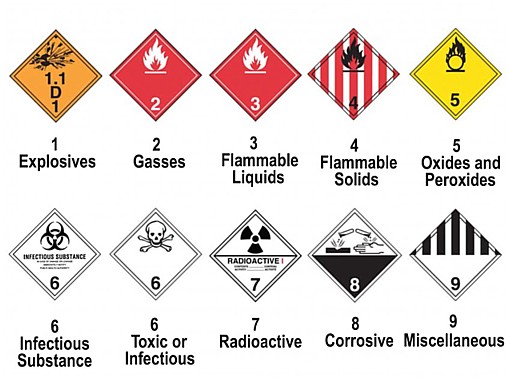
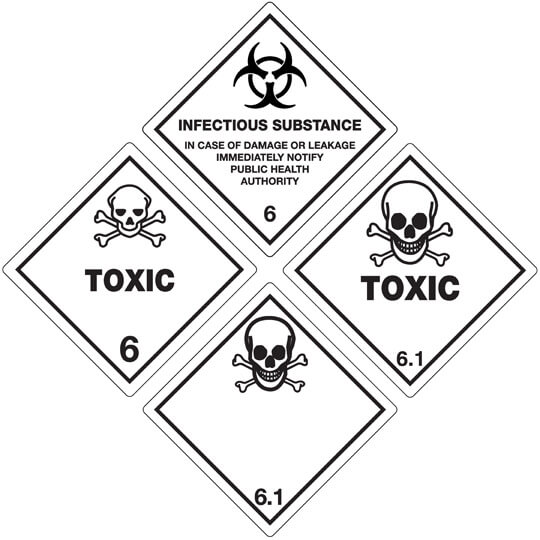
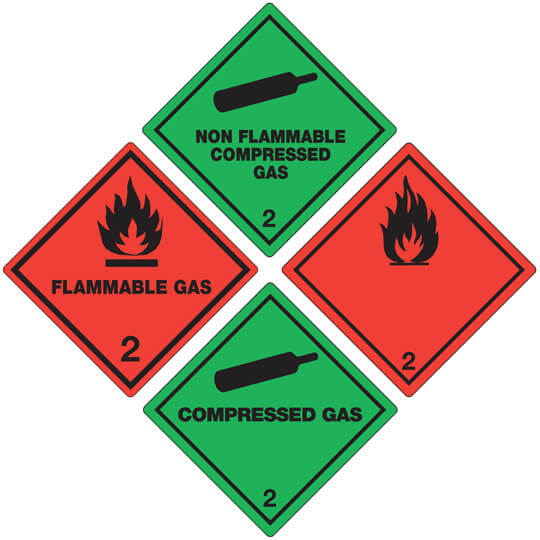


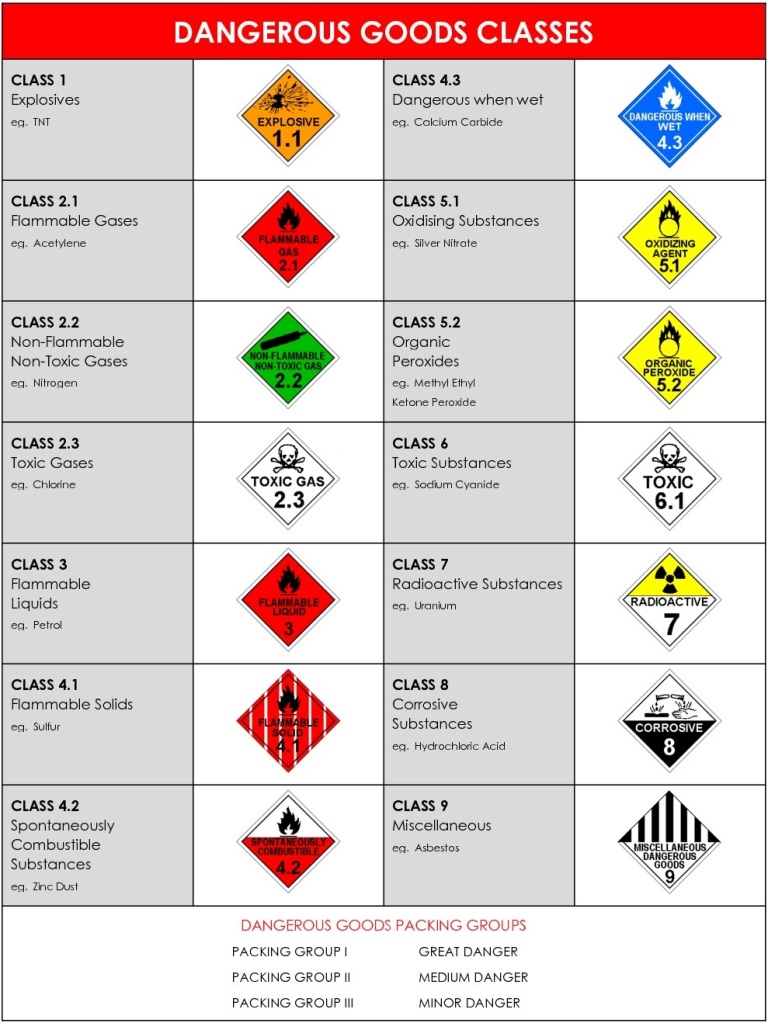
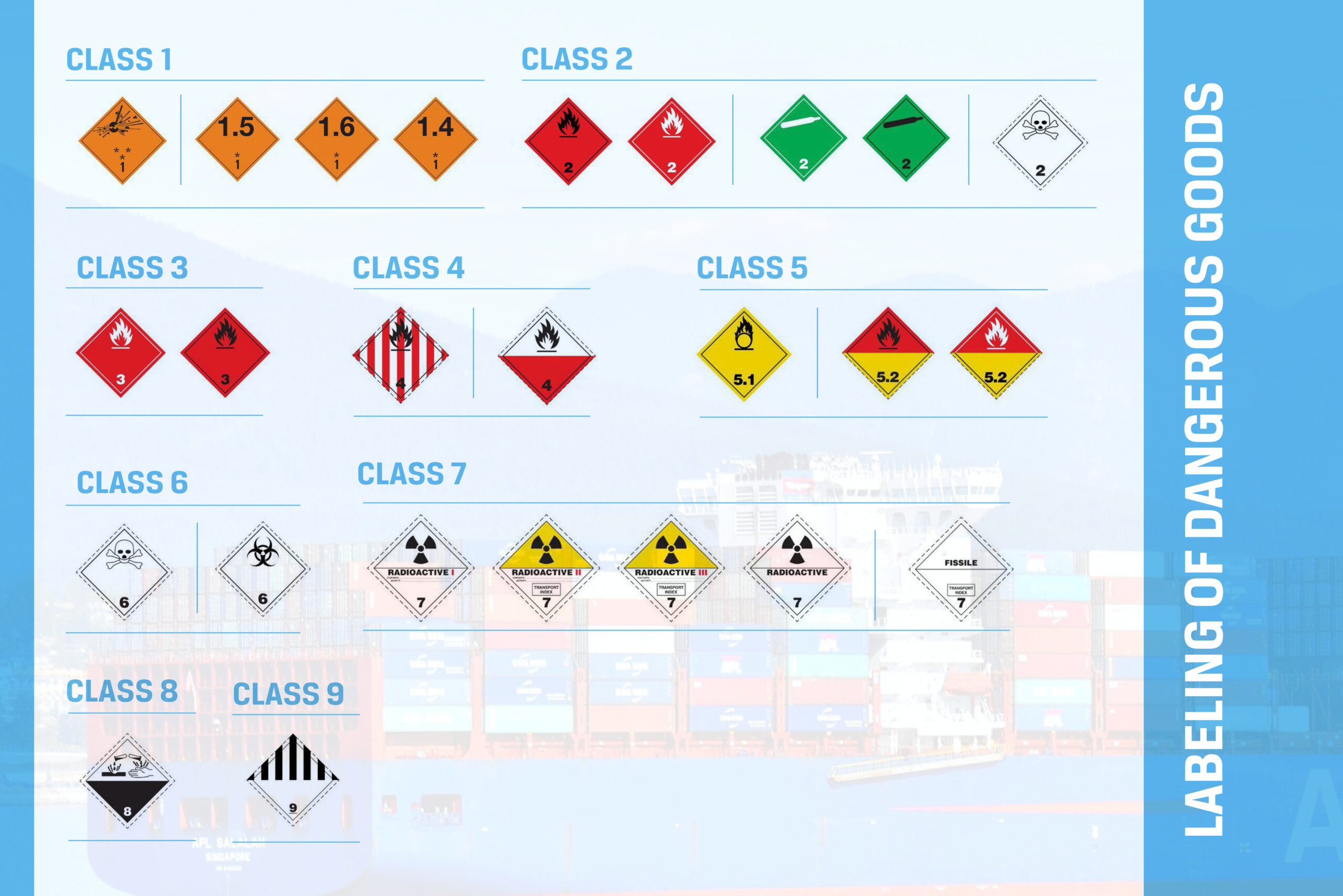


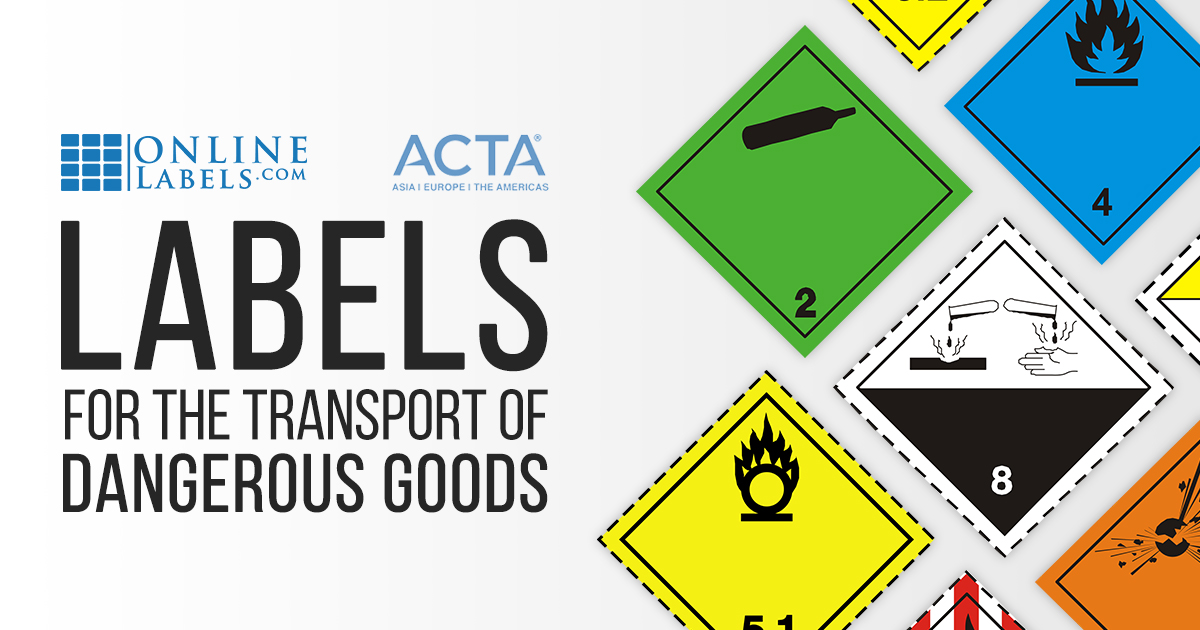

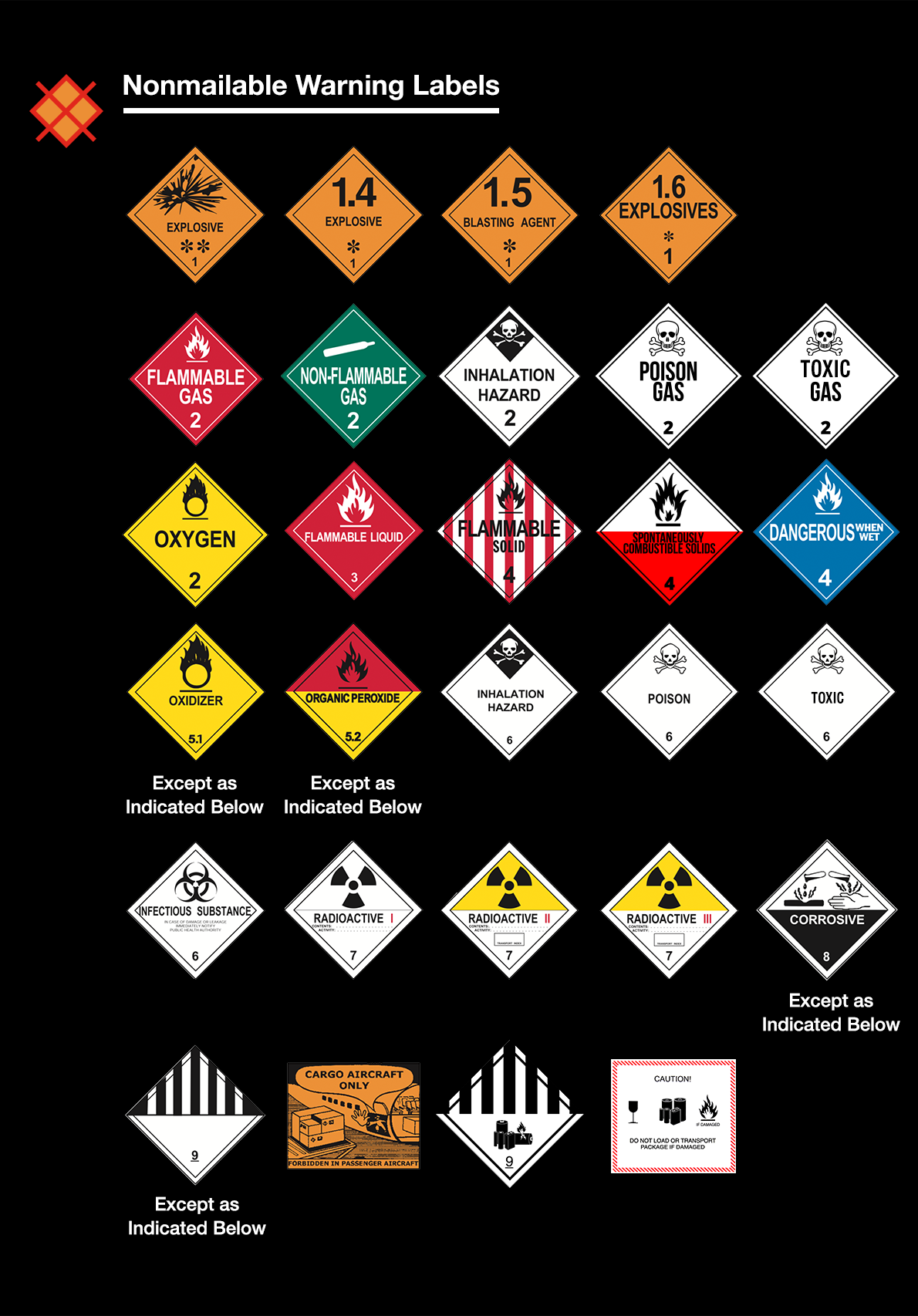

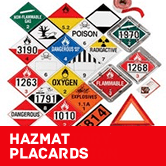


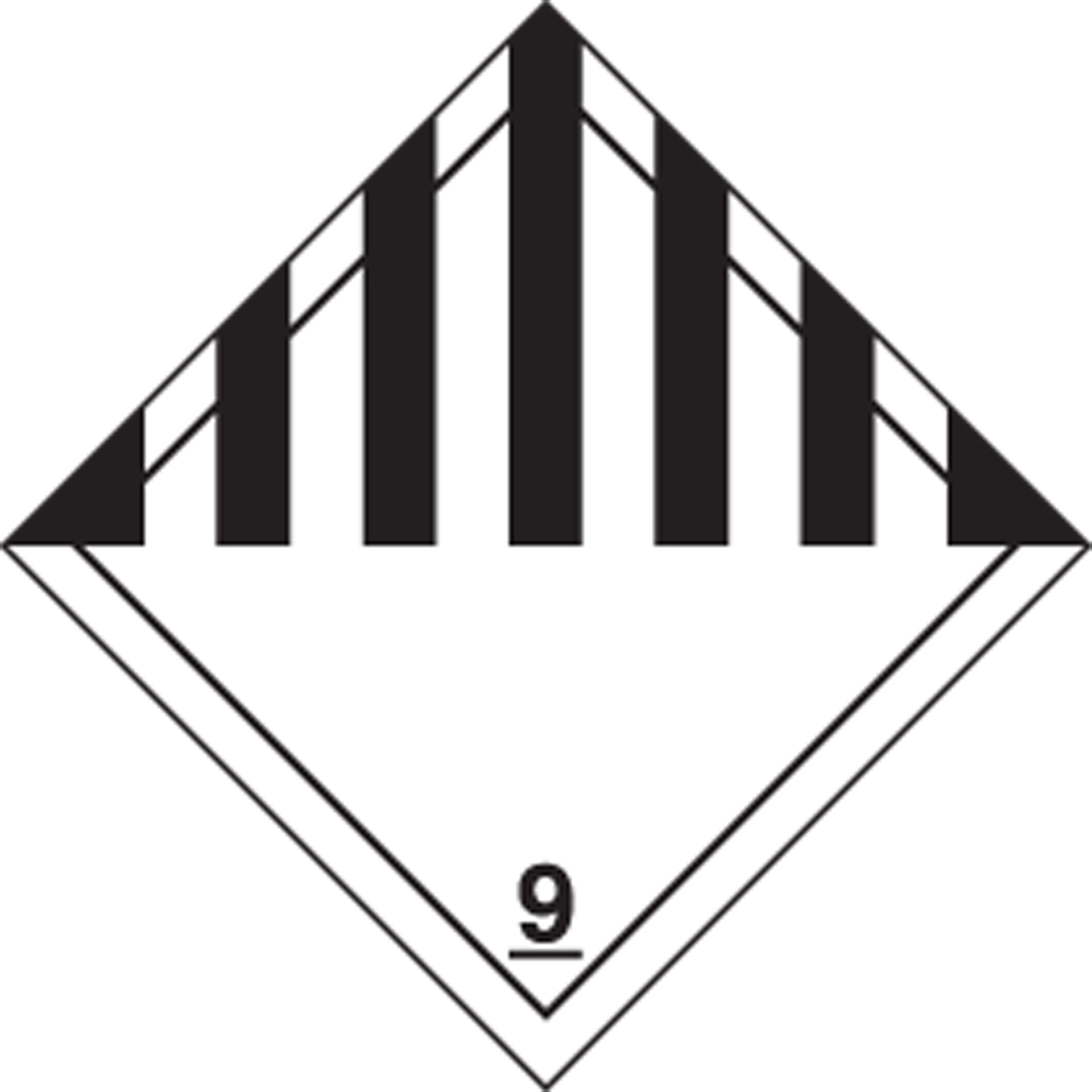

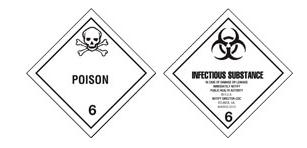
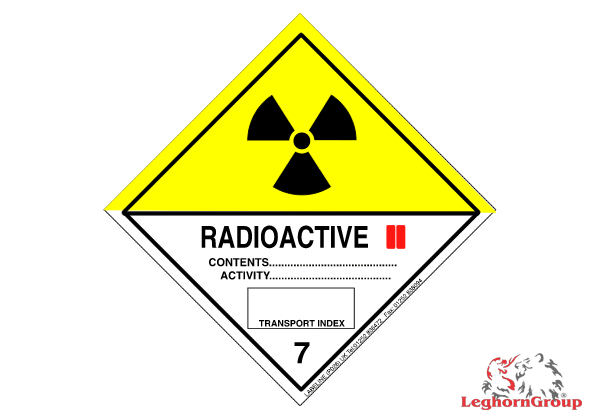

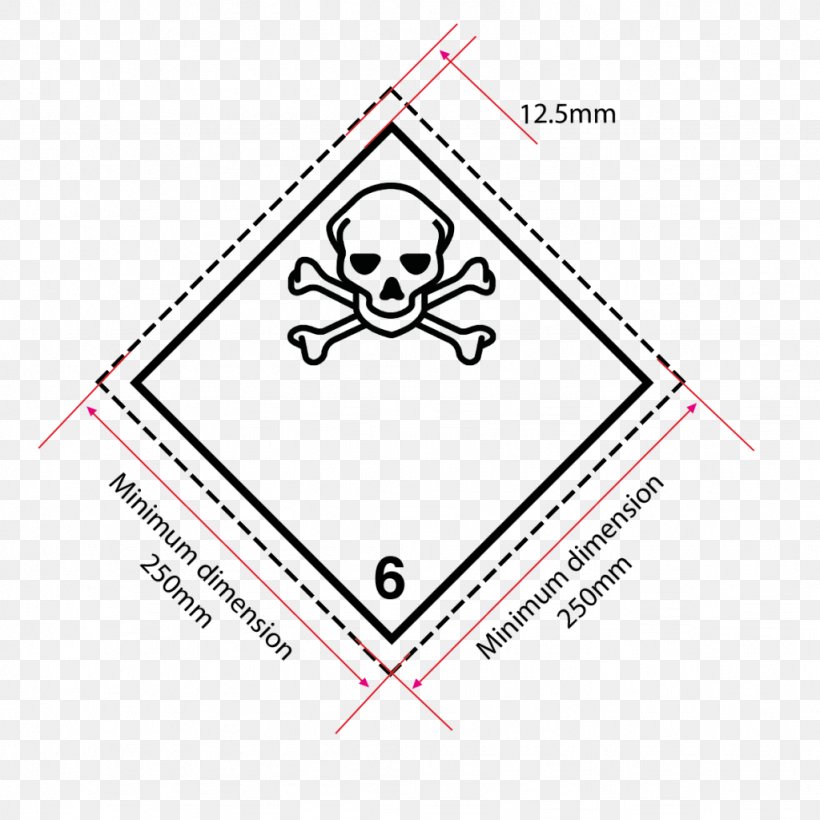


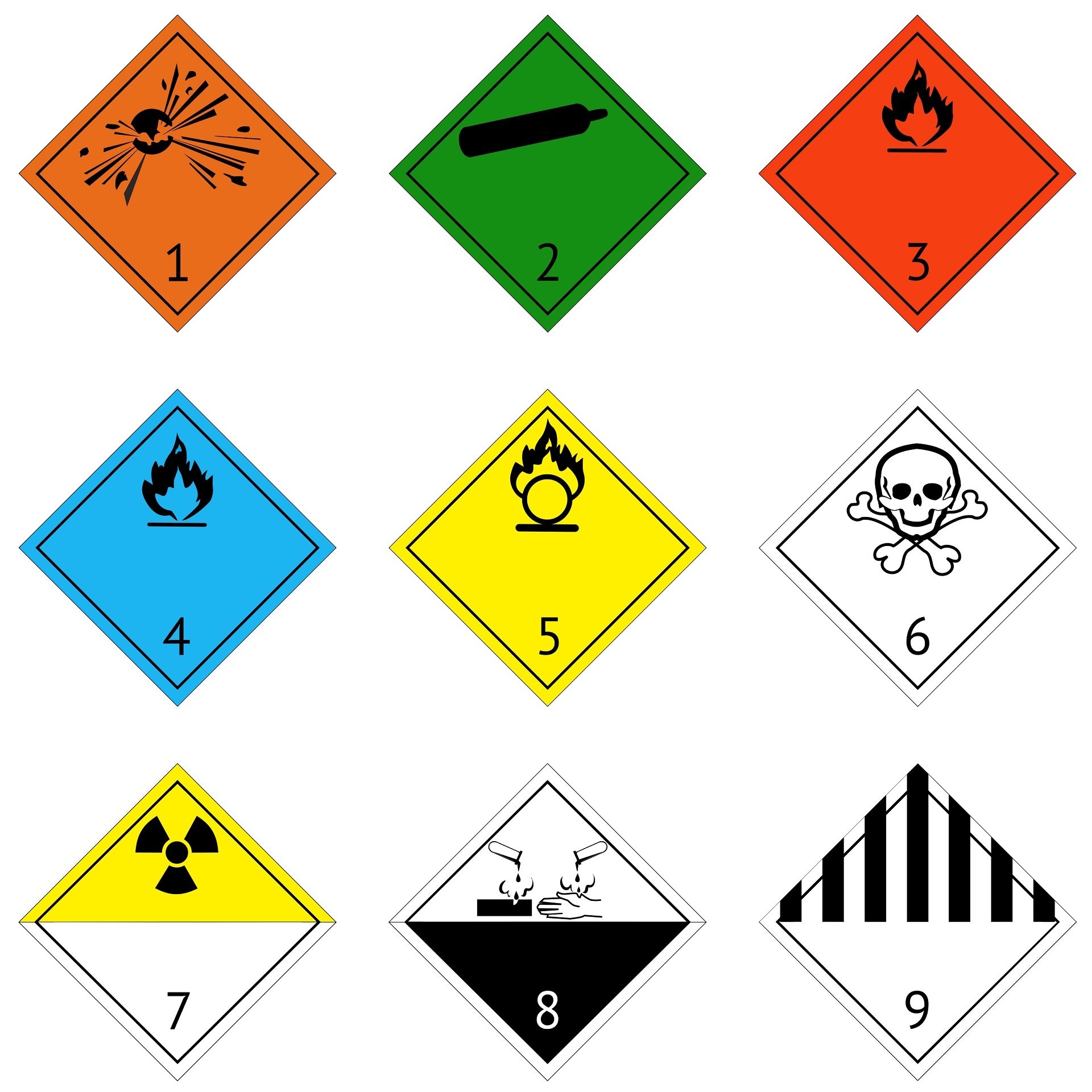
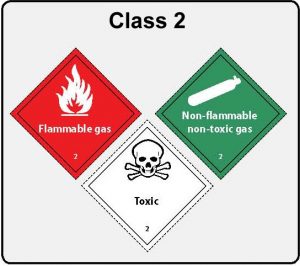






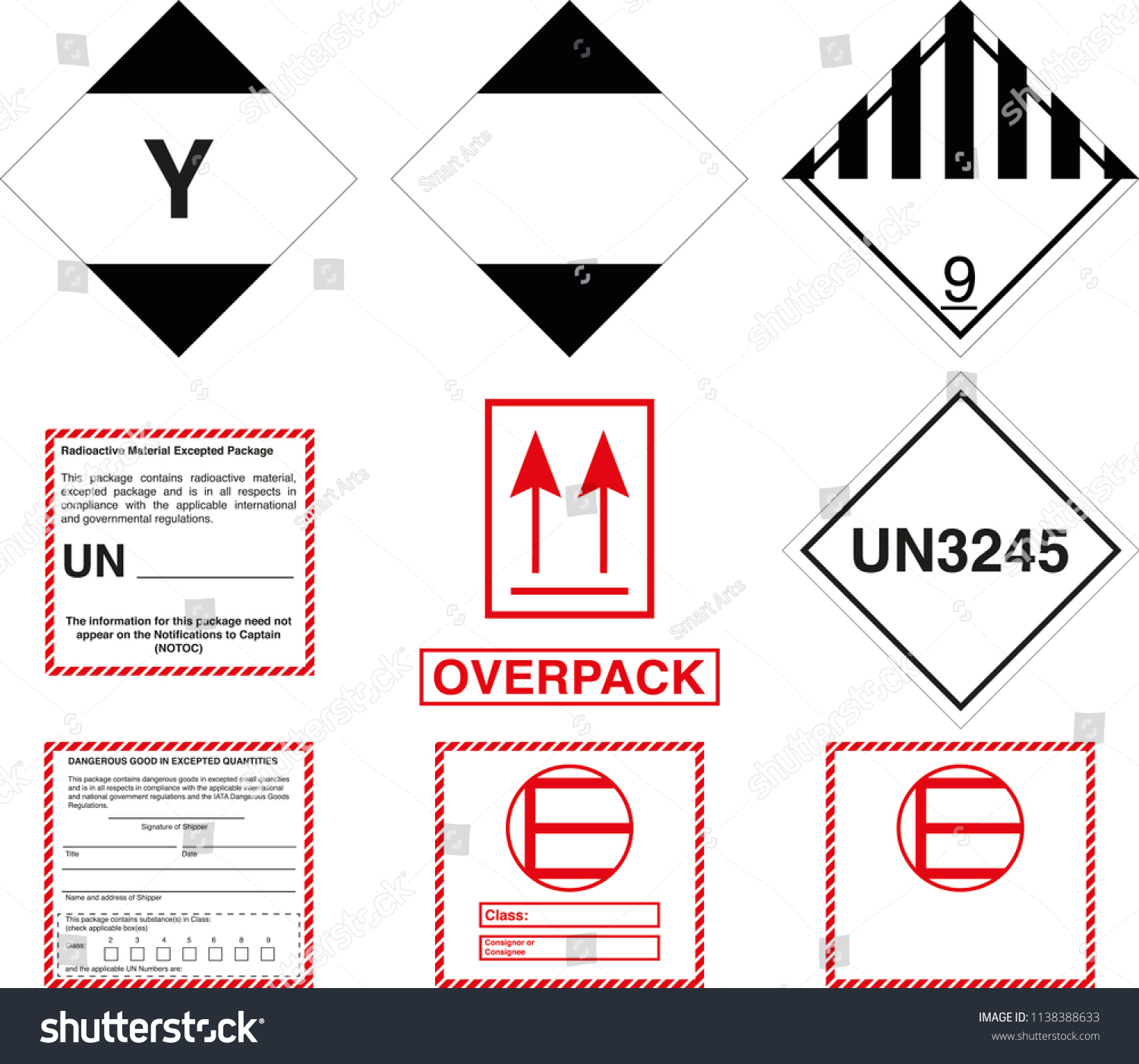
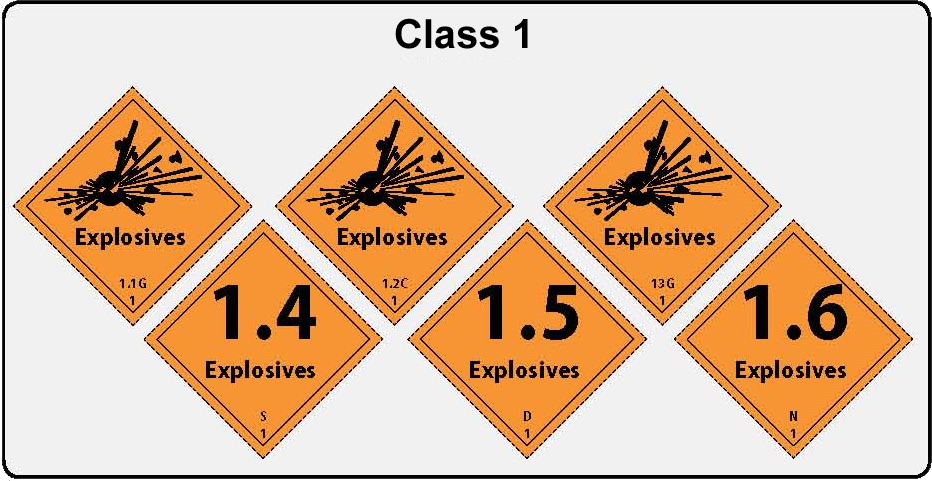


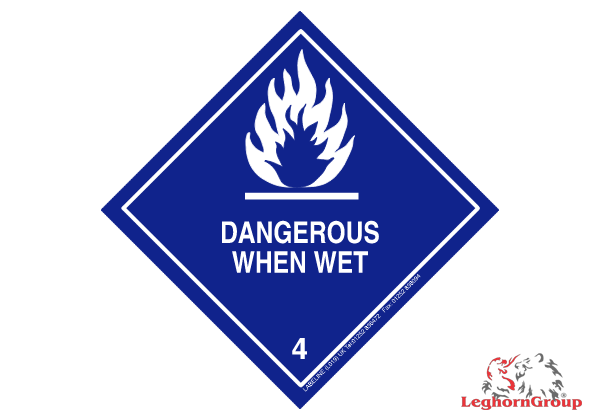


Post a Comment for "44 dangerous goods class labels"